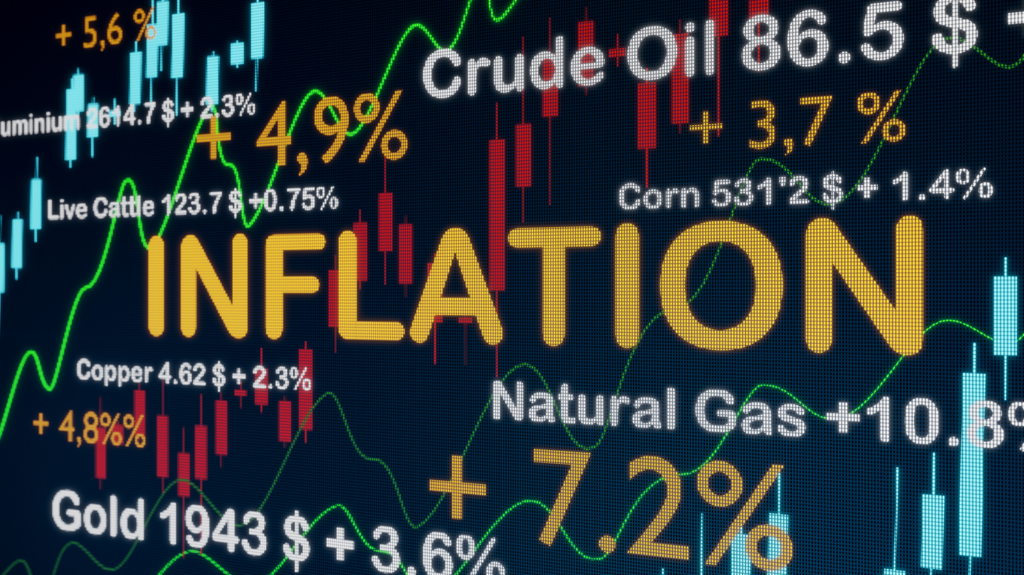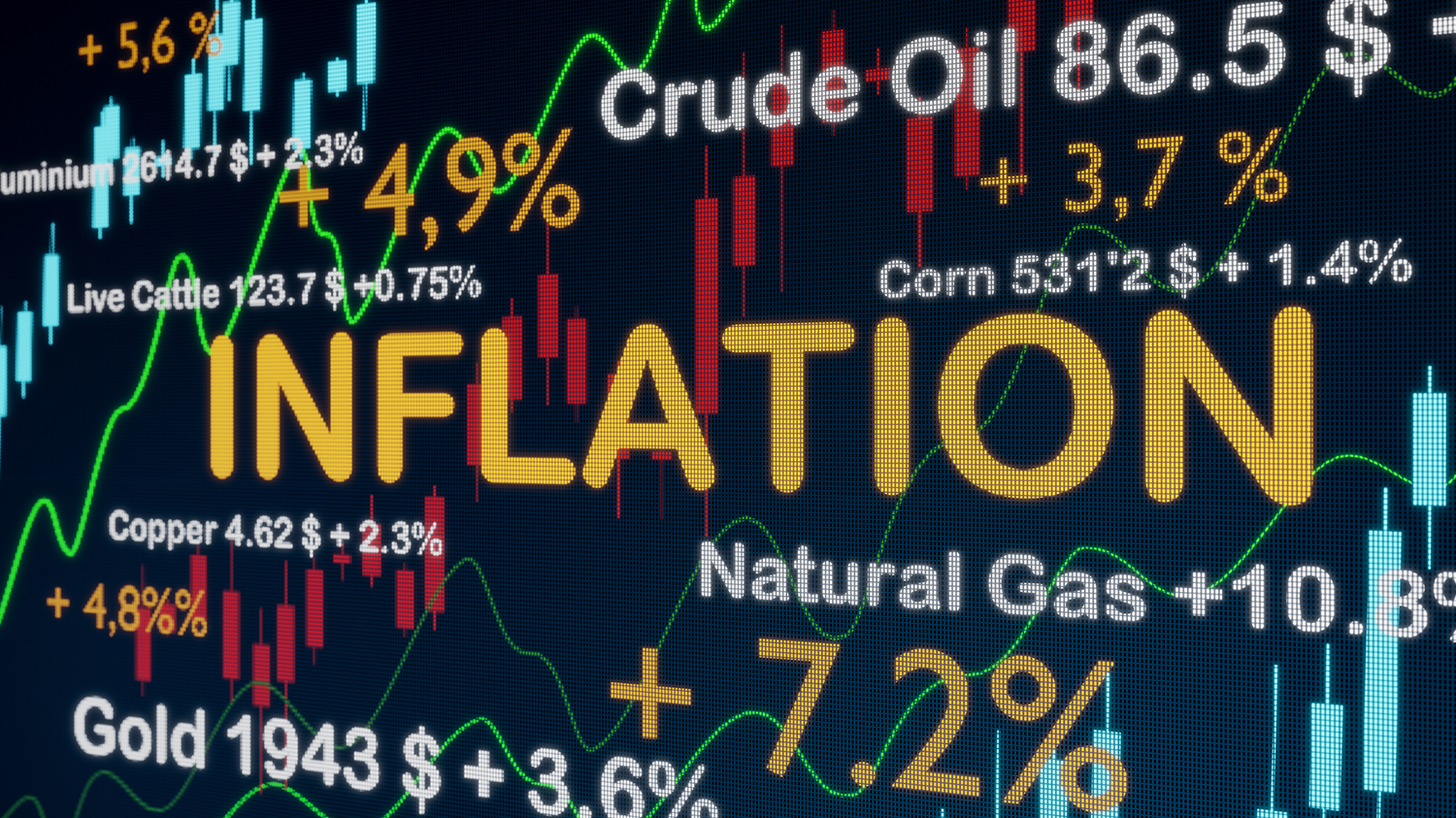By Clif Droke | March 8, 2018, 8:57 AM ET

Summary
- Asian gold-backed ETF demand on the rise along with jewelry demand.
- These are prime supporting factors for gold’s intermediate-term outlook.
- Gold’s immediate-term trend remains unsettled, however.
Gold’s 8-week trading range remained intact on Wednesday after a false breakout attempt the previous day. Despite the lack of immediate-term follow-through, however, gold’s intermediate-term (3-6 month) prospects continue to increase. In today’s commentary, we’ll examine how increasing demand in Asia, and particularly China, could well lift the yellow metal’s price in the months ahead.
Gold prices fell back on Wednesday after the impressive rally on Tuesday. This was disappointing in that it means gold still hasn’t confirmed an immediate-term (1-4 week) buy signal per the rules of my technical trading discipline. A higher close on Wednesday would have qualified as a two-day higher close above the 15-day moving average, thus paving the way for the bulls to consolidate their control over the market in the immediate term.
After Tuesday’s move to a one-week high in the gold price, spot gold dropped 0.6 percent to close at $1,325. April gold futures fell $7.60, or 0.60 percent, to close at $1,327. Analysts and traders characterized the move as a combination of profit-taking after Tuesday’s gold rally, as well as uncertainty over the latest U.S. trade policy news.
Let’s now turn our attention to some more important intermediate-term considerations for the precious metals outlook. In recent reports, I’ve mentioned the connection between China’s economic strength and the copper and gold prices. China’s increased demand for industrial metals like steel and, especially, copper correlates strongly with the country’s demand for the yellow metal. It’s easy to see why a strengthening China economy tends to stimulate gold consumption due to that country’s affinity for precious metals.
One such reflection of the country’s improved industrial fortunes in the last year is the buoyancy of the copper price during that same time. As China is the world’s leading consumer copper, the metal’s price can be used as a rough barometer of its industrial strength. It has also been observed that copper price strength often translates into a stronger gold price, which isn’t surprising given that China is also the world’s leading gold consumer.
Shown here is a graph which compares the price performance of copper with that of gold and China’s stock market. The leadership of copper over gold in the past year can especially be seen here.

(Source: BigCharts.com)
More than almost any other factor (besides a weak dollar), gold’s intermediate-to-longer term prospects would be furthered most by rising Asian demand. To that end, the latest report from the World Gold Council (WGC) is a welcome step in that direction. This week, it was reported that Asian gold-backed ETFs added more tons in February than North America and Europe, reversing last year’s trend of increased outflows, according to the WGC. Asian-listed gold ETFs added 7.9 tons worth $318.1 million last month, an 8.3 percent increase from January’s total.
By contrast, North American gold-backed ETFs lost 5.1 tons worth $196.2 million in that same period, for a 0.37 percent loss of total assets under management. In Europe, gold-backed ETFs lost 7.3 tons worth $240.6 million, or 0.57 percent of total assets under management.
The investment demand increase in Asia is encouraging, since it underscores what WGC researcher Adam Perlaky described as “robust.” Moreover, China, in particular, accounted for 646.9 tons of gold jewelry demand in 2017, according to consultancy group Metals Focus. This represented an annual gain of 3%, and outpacing the number two gold buyer, India, at 562.7 tons. Chinese purchases of gold bars and coins rose 8% in 2017 to 306.4 tons, also the most in the world and ahead of India’s 164.2.
According to Metals Focus, China’s jewelry market is undergoing a modest recovery since bottoming out in 2016, which is also bullish for gold’s intermediate-term outlook. “The main driver behind this promising turnaround has been the improving Chinese economy and its positive impact on consumer sentiment,” Metals Focus said. “Importantly, the recovery of the past 12 months is seen as sustainable, in the sense that demand is now stimulated by designs and gifting occasions, rather than the bargain hunting that fueled the 2013 spike.” Metals Focus noted that an important factor behind the strength of China’s gold investment demand is the lack of alternative investment assets, which has focused investment funds into the metals.


For now, I recommend that conservative gold and gold ETF traders continue to wait for the aforementioned confirmation signal before initiating any new trading positions. Longer-term investment positions in gold, however, can be maintained, as the fundamentals underscoring gold’s two-year recovery effort are still favorable.
Disclosure: I/we have no positions in any stocks mentioned, and no plans to initiate any positions within the next 72 hours.
I wrote this article myself, and it expresses my own opinions. I am not receiving compensation for it (other than from Seeking Alpha). I have no business relationship with any company whose stock is mentioned in this article.















